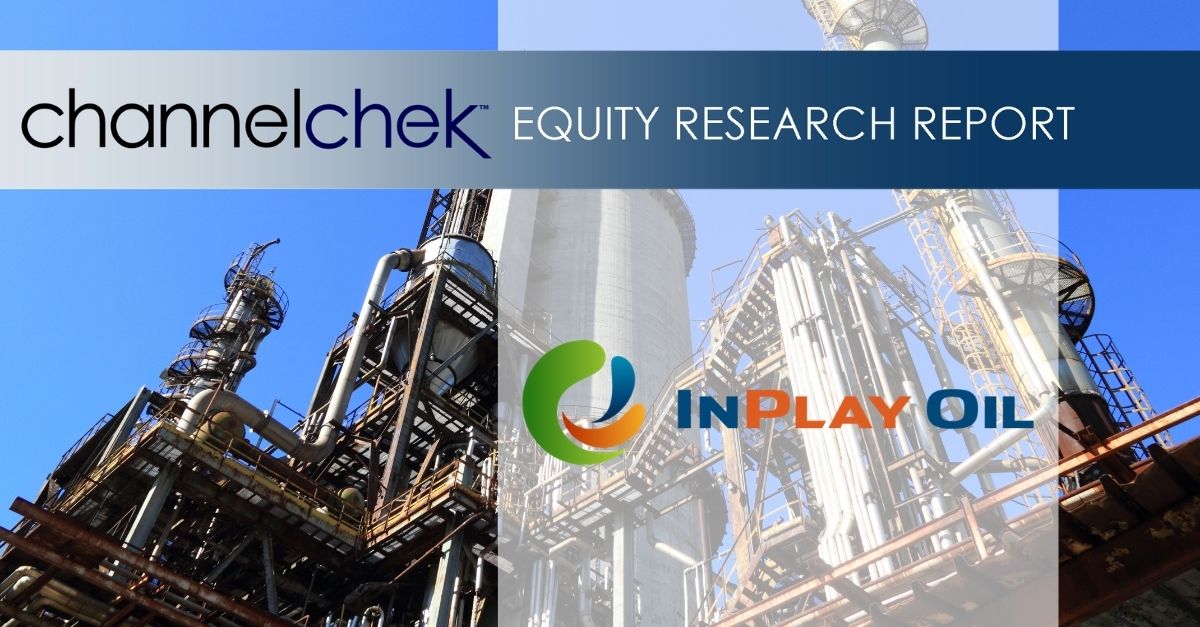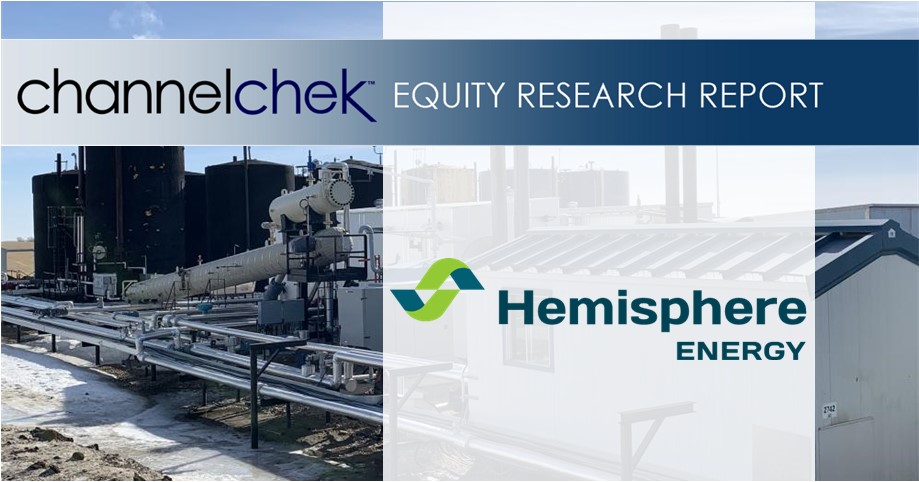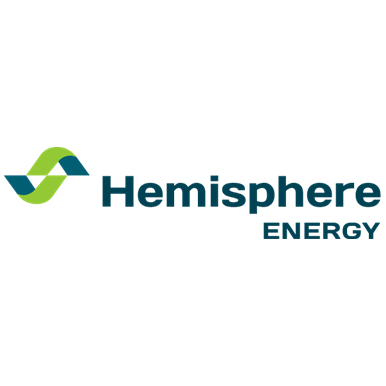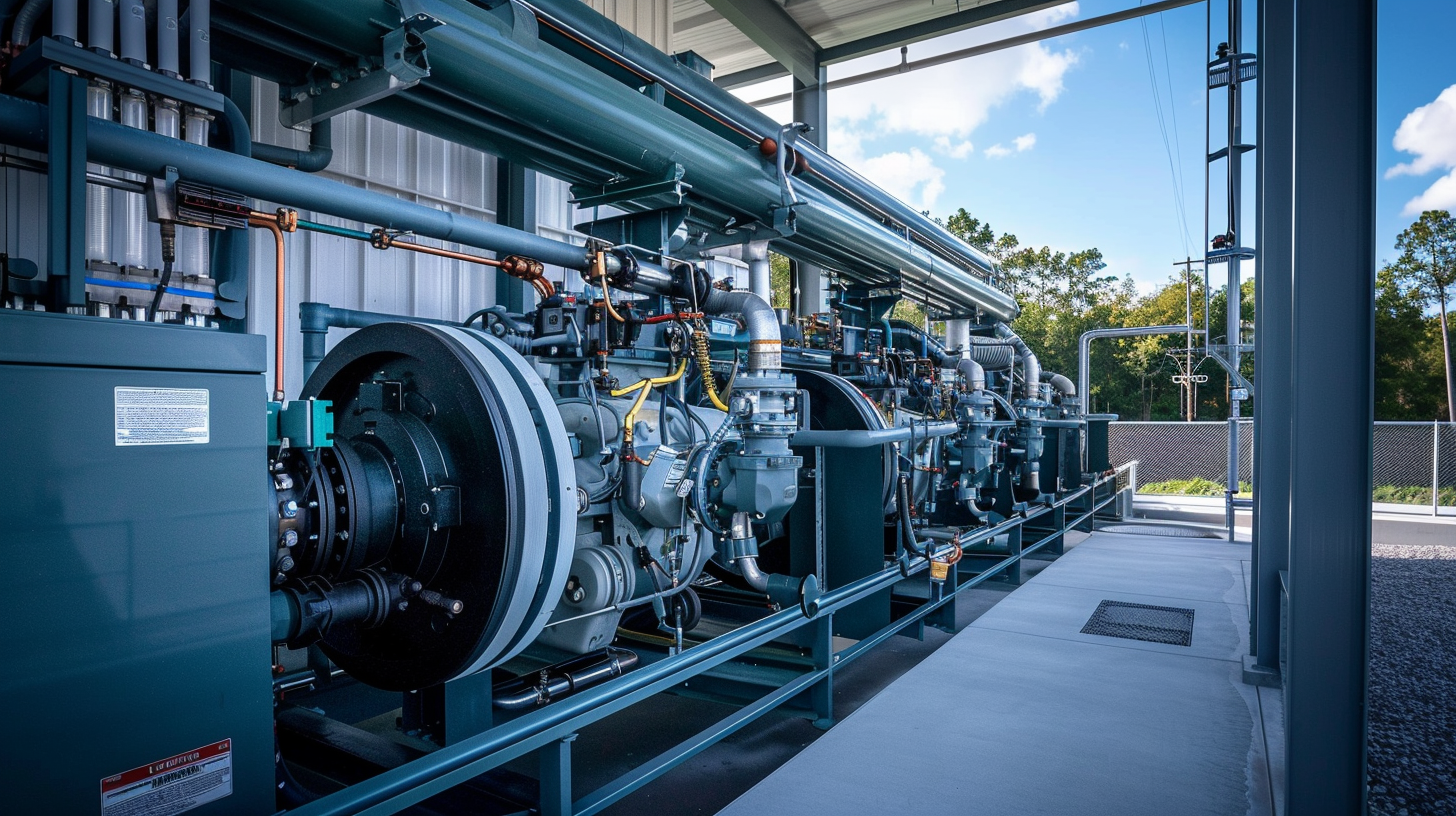
Research News and Market Data on LODE
Finalizes Commercial Licensing Agreement in Pakistan for SAF and Other Renewable Fuels
OKLAHOMA CITY, OKLAHOMA – FEBRUARY 13, 2025 – Comstock Inc. (NYSE: LODE) today announced the execution of a definitive master license agreement between Comstock Fuels Corporation (“Comstock Fuels”) and Gresham’s Eastern (Pvt) Ltd (“Gresham’s”), a leading sustainable energy engineering, equipment and construction company based in Pakistan, under which Comstock Fuels granted Gresham’s a license to develop and manage facilities based on Comstock Fuels’ advanced lignocellulosic biomass refining processes in Pakistan.
Gresham’s plans to initially develop a commercial demonstration facility in Lahore, Pakistan, capable of initially processing 75,000 metric tons of biomass annually, marking Comstock Fuels’ fifth licensed refinery project under contract. The Lahore facility will be designed to generate the prerequisite operational and economic data for scaling up to a 1,000,000 metric tons per year (“MTPY”) commercial facility, aligning with the rapidly growing global market demand for increased production of sustainable aviation fuel (“SAF”). Gresham’s ultimately plans to develop several similar facilities to use abundant, locally available agricultural and forestry residuals, as well as sustainably grown energy crops with the potential to unlock billions of dollars in exports while positioning Gresham’s as a leading contributor toward Pakistan’s commitment to producing 60% renewable energy by 2030.
Mian Suhail Husain, CEO of Gresham’s, commented, “We are focused on deploying truly scalable and sustainable energy solutions in Pakistan. We are on the doorstep of a globally significant opportunity where our combined competencies can generate significant economic growth for our nation and communities alike.”
Pakistan’s abundant biomass resources provide an ideal foundation for developing a robust renewable fuel production ecosystem that prioritizes fulfilling regional demand while targeting export markets across the Middle East and North Africa (“MENA”). Pakistan produces about 100 million metric tons of agricultural residue biomass per year, or enough to produce about 14 billion gallons of renewable fuels per year at Comstock Fuels’ proven yields of up to 140 gallons per dry metric ton on a gasoline gallon equivalent basis (“GGE”), depending on the feedstock, site conditions, and other process parameters.
“Gresham’s is well positioned to make a transformative contribution to Pakistan’s economic development and sustainable energy objectives,” stated David Winsness, President of Comstock Fuels. “This partnership showcases the quality and speed of global adoption of our industry-leading solution, and we’re excited to get started in Lahore and well beyond.”
Under the agreement, Gresham’s will lead the development, financing, construction, and management of facilities based on Comstock Fuels’ proprietary Bioleum refining technologies. Each Bioleum Refinery will operate under a site-specific license agreement to ensure compliance with Comstock Fuels’ performance and quality standards. Comstock Fuels will contribute site specific technology rights in exchange for a 20% equity stake in each Bioleum Refinery, a 6% royalty fee on each refinery’s product revenues, and a 6% engineering fee equal to total capital and construction costs. The agreement additionally granted Gresham’s the exclusive right to market projects based on Comstock Fuels’ technologies in Pakistan, subject to satisfaction of a series of commercialization milestones, including financing, construction, and commissioning of Gresham’s planned Lahore facility and multiple subsequent commercial facilities.
About Gresham’s Eastern (Pvt) Ltd.
For the better part of six decades, Gresham’s name has been synonymous with Quality and Innovation. Today, Pakistan-based Gresham’s is a premier project developer, engineering, equipment fabricator and construction company focused on deploying technology-leading, sustainable energy solutions and initiatives across Pakistan. To learn more, visit www.gel1947.com.
About Comstock Fuels Corporation
Comstock Fuels Corporation (“Comstock Fuels”) delivers advanced lignocellulosic biomass refining solutions that set industry benchmarks for production of cellulosic ethanol, gasoline, renewable diesel, sustainable aviation fuel (“SAF”), and other renewable Bioleum™ fuels, with extremely low carbon intensity scores of 15 and market-leading yields of up to 140 gallons per dry metric ton of feedstock (on a gasoline gallon equivalent basis, or “GGE”), depending on feedstock, site conditions, and other process parameters. Comstock Fuels additionally holds the exclusive rights to intellectual properties developed by Hexas Biomass Inc. (“Hexas”) for production of purpose grown energy crops in liquid fuels applications with proven yields exceeding 25 to 30 dry metric tons per acre per year. The combination of Comstock Fuels’ high yield Bioleum refining platform and Hexas’ high yield energy crops allows for the production of enough feedstock to produce upwards of 100 barrels of fuel per acre per year, effectively transforming marginal agricultural lands with regenerative practices into perpetual “drop-in sedimentary oilfields” with the potential to dramatically boost regional energy security and rural economies.
Comstock Fuels plans to contribute to domestic energy dominance by directly building, owning, and operating a network of Bioleum Refineries in the U.S. to produce about 200 million barrels of renewable fuel per year by 2035, starting with its planned first 400,000 barrel per year commercial demonstration facility in Oklahoma. Comstock Fuels also licenses its advanced feedstock and refining solutions to third parties for additional production in the U.S. and global markets, including several recently announced and other pending projects. To learn more, please visit www.comstockfuels.com.
About Comstock Inc.
Comstock Inc. (NYSE: LODE) innovates and commercializes technologies that are deployable across entire industries to contribute to energy abundance by efficiently extracting and converting under-utilized natural resources, such as waste and other forms of woody biomass into renewable fuels, and end-of-life electronics into recovered electrification metals. Comstock’s innovations group is also developing and using artificial intelligence technologies for advanced materials development and mineral discovery for sustainable mining. To learn more, please visit www.comstock.inc.
Comstock Social Media Policy
Comstock Inc. has used, and intends to continue using, its investor relations link and main website at www.comstock.inc in addition to its Twitter, LinkedIn and YouTube accounts, as means of disclosing material non-public information and for complying with its disclosure obligations under Regulation FD.
Contacts
For investor inquiries:
RB Milestone Group LLC
Tel (203) 487-2759
ir@comstockinc.com
For media inquiries or questions:
Colby Korsun
Comstock Fuels Corporation
fuels@comstockinc.com
Forward-Looking Statements
This press release and any related calls or discussions may include forward-looking statements within the meaning of Section 27A of the Securities Act of 1933, as amended, and Section 21E of the Securities Exchange Act of 1934, as amended. All statements, other than statements of historical facts, are forward-looking statements. The words “believe,” “expect,” “anticipate,” “estimate,” “project,” “plan,” “should,” “intend,” “may,” “will,” “would,” “potential” and similar expressions identify forward-looking statements but are not the exclusive means of doing so. Forward-looking statements include statements about matters such as: future market conditions; future explorations or acquisitions; future changes in our research, development and exploration activities; future financial, natural, and social gains; future prices and sales of, and demand for, our products and services; land entitlements and uses; permits; production capacity and operations; operating and overhead costs; future capital expenditures and their impact on us; operational and management changes (including changes in the Board of Directors); changes in business strategies, planning and tactics; future employment and contributions of personnel, including consultants; future land and asset sales; investments, acquisitions, joint ventures, strategic alliances, business combinations, operational, tax, financial and restructuring initiatives, including the nature, timing and accounting for restructuring charges, derivative assets and liabilities and the impact thereof; contingencies; litigation, administrative or arbitration proceedings; environmental compliance and changes in the regulatory environment; offerings, limitations on sales or offering of equity or debt securities, including asset sales and associated costs; business opportunities, growth rates, future working capital, needs, revenues, variable costs, throughput rates, operating expenses, debt levels, cash flows, margins, taxes and earnings. These statements are based on assumptions and assessments made by our management in light of their experience and their perception of historical and current trends, current conditions, possible future developments and other factors they believe to be appropriate. Forward-looking statements are not guarantees, representations or warranties and are subject to risks and uncertainties, many of which are unforeseeable and beyond our control and could cause actual results, developments, and business decisions to differ materially from those contemplated by such forward-looking statements. Some of those risks and uncertainties include the risk factors set forth in our filings with the SEC and the following: adverse effects of climate changes or natural disasters; adverse effects of global or regional pandemic disease spread or other crises; global economic and capital market uncertainties; the speculative nature of gold or mineral exploration, and lithium, nickel and cobalt recycling, including risks of diminishing quantities or grades of qualified resources; operational or technical difficulties in connection with exploration, metal recycling, processing or mining activities; costs, hazards and uncertainties associated with precious and other metal based activities, including environmentally friendly and economically enhancing clean mining and processing technologies, precious metal exploration, resource development, economic feasibility assessment and cash generating mineral production; costs, hazards and uncertainties associated with metal recycling, processing or mining activities; contests over our title to properties; potential dilution to our stockholders from our stock issuances, recapitalization and balance sheet restructuring activities; potential inability to comply with applicable government regulations or law; adoption of or changes in legislation or regulations adversely affecting our businesses; permitting constraints or delays; challenges to, or potential inability to, achieve the benefits of business opportunities that may be presented to, or pursued by, us, including those involving battery technology and efficacy, quantum computing and generative artificial intelligence supported advanced materials development, development of cellulosic technology in bio-fuels and related material production; commercialization of cellulosic technology in bio-fuels and generative artificial intelligence development services; ability to successfully identify, finance, complete and integrate acquisitions, joint ventures, strategic alliances, business combinations, asset sales, and investments that we may be party to in the future; changes in the United States or other monetary or fiscal policies or regulations; interruptions in our production capabilities due to capital constraints; equipment failures; fluctuation of prices for gold or certain other commodities (such as silver, zinc, lithium, nickel, cobalt, cyanide, water, diesel, gasoline and alternative fuels and electricity); changes in generally accepted accounting principles; adverse effects of war, mass shooting, terrorism and geopolitical events; potential inability to implement our business strategies; potential inability to grow revenues; potential inability to attract and retain key personnel; interruptions in delivery of critical supplies, equipment and raw materials due to credit or other limitations imposed by vendors; assertion of claims, lawsuits and proceedings against us; potential inability to satisfy debt and lease obligations; potential inability to maintain an effective system of internal controls over financial reporting; potential inability or failure to timely file periodic reports with the Securities and Exchange Commission; potential inability to list our securities on any securities exchange or market or maintain the listing of our securities; and work stoppages or other labor difficulties. Occurrence of such events or circumstances could have a material adverse effect on our business, financial condition, results of operations or cash flows, or the market price of our securities. All subsequent written and oral forward-looking statements by or attributable to us or persons acting on our behalf are expressly qualified in their entirety by these factors. Except as may be required by securities or other law, we undertake no obligation to publicly update or revise any forward-looking statements, whether as a result of new information, future events, or otherwise. Neither this press release nor any related calls or discussions constitutes an offer to sell, the solicitation of an offer to buy or a recommendation with respect to any securities of the Company, the fund, or any other issuer.













